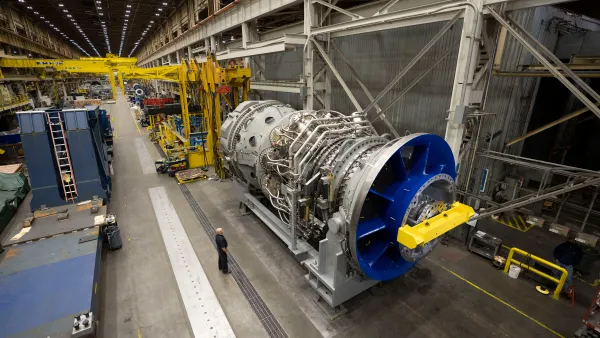Dive Brief:
- Energy markets operated by the Midcontinent ISO functioned efficiently last year, according to the system's independent monitor, but capacity markets are not reflecting their full value and require some changes.
- David Patton, president of Potomac Economics and the MISO Independent Market Monitor, told subcommittee at the grid operator this week that using a "sloped demand curve" to pay more to reliable generation in the capacity market would send more accurate price signals.
- MISO's extended locational marginal pricing (ELMP), which reflects startup costs for fast-reacting generation, raised the price of power by 8 cents/MWh, significantly less than expected, Patton said.
Dive Insight:
Some changes are needed to MISO's markets, according to the system's independent monitor, as capacity auctions are not accurately reflecting the cost of providing reliable power.
Among his recommendations, Patton said the grid operator should expand the use of ELMP. In New England, where the pricing scheme is also used, prices rose by about $3/MWh as opposed to just a few cents in MISO, "which is very, very small, versus expectations," he said. Patton has also pressed for a sloped demand curve to better reflect the value of capacity.
As gas prices plummeted last year, real-time energy prices fell by about 32% to average less than $30/MWh in 2015, according to the monitor's report. That has helped shrink coal's market share in MISO to just over 50% last year, while gas rose from 17% to 23%.
The grid operator released its annual resource adequacy survey this month, finding adequate capacity for 2017 but potential shortages in 2018 and beyond due to plant retirements. A surplus of 2.7 GW is available next year, but the grid operator warned that amount could be reduced to 900 MW if recently-announced Southern Illinois generation retirements occur.
MISO has been looking at possible changes to its market structure, but a proposal to establish a three-year forward capacity auction in the MISO choice zones is drawing concern from stakeholders, in part over the implementation timeline and price formulation.
MISO said in the proposal that without changes, the current market will continue to provide "only a balancing function and will fail to efficiently support resource investment decisions" in certain areas.














